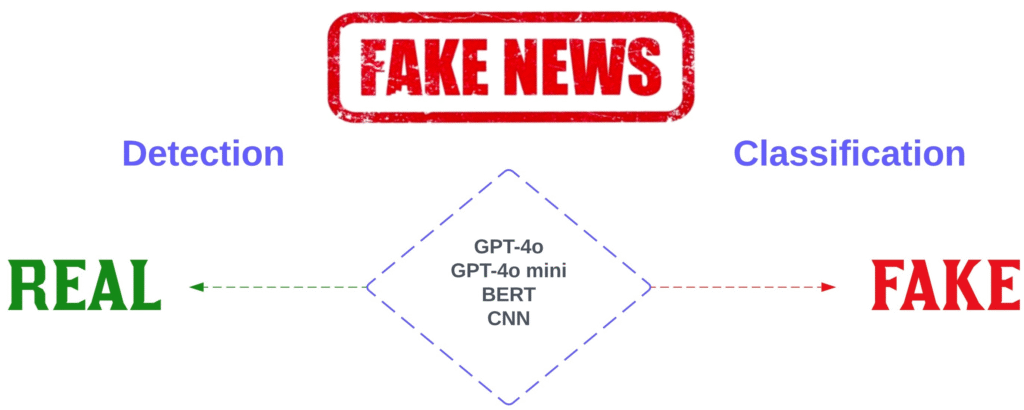Introduction: The Challenge of Unbiased News Curation in the AI Era
In the modern digital era, when things are moving faster than ever, it is harder than ever to keep on top of the right and unbiased news. A 2023 Reuters Institute report found that 42% of people avoid news due to perceived bias. How to Use AI to Curate News without Bias? while 58% worry about misinformation. The immense amount of information on the Internet is also a problem, as users can hardly find information that is not politically, corporate, or algorithmically biased.

This is where AI-powered news curation comes into play. The concept of Artificial Intelligence could be used to dramatically change the way we digest the news through filtering, summarizing and providing an objective delivery of content free of any human biases. According to PwC’s AI predictions for 2024, 67% of media companies now use AI for content moderation and curation. However, how do we make sure that, by being something that it is, AI does not impose new biases?
In this comprehensive guide, we’ll explore how to use AI to curate news without bias, the best tools available, and key strategies to maintain neutrality in automated news aggregation. “Enjoyed this read? Explore more AI insights at our web AI Smartly – your guide to smarter technology!”
Why AI News Curation is Essential in Modern Journalism
Conventional news curation is completely dependent on human editors and these editors, however much they might attempt to be unbiased, can end up being inclined towards individual beliefs, organizational policies, or even the likes and interests of the reading audience. A 2023 MIT study found that human-curated news shows a 22% higher bias rate than AI-aggregated content when trained on balanced datasets.

Instead, AI is capable of massive real-time data processing and the ability to detect patterns and provide news that is not affected by which side of the issue an editorial staff may lean.
Key Benefits of AI-Powered News Curation:
✔ Speed & Efficiency – AI can analyze 10,000+ articles per minute (IBM Watson NLP benchmarks).
✔ Reduced Human Bias – Algorithms can be trained to prioritize factual accuracy.
✔ Personalization Without Manipulation – AI tailors content based on user preferences without sensationalism.
✔ Multilingual & Global Coverage – AI breaks language barriers, offering diverse perspectives.
The problem is, however, AI is not neutral by nature, it learns based on data, which can be, in its turn, biased. The key lies in how we train and deploy AI models for fair news aggregation.
How AI Can Help Eliminate Bias in News Curation
1. Leveraging NLP for Neutral Summarization

Natural Language Processing (NLP) models like GPT-4, BERT, and Claude AI can summarize news articles while preserving factual integrity. It can be achieved through AI wading through a large number of quotes to present balanced overviews instead of the cherry-picking implemented by humans.
Having recourse to a diversity of sources to receive necessary information.
Emotionally charged words ought to not be used.
Cross referencing the information to make it congruent.
Example Tools:
- Google’s Fact Check Tools (Used by over 150,000 journalists monthly)
- NewsAPI (Aggregates news from 30,000+ publishers)
2. Diversifying News Sources with AI Aggregators

AI-powered news aggregators like Feedly, Flipboard, and Inoreader use machine learning to pull content from a wide range of publishers, reducing reliance on a single narrative.
Best Practices:
- Combine mainstream (BBC, Reuters) and independent media (Substack, local outlets).
- Include international sources (Al Jazeera, DW, SCMP) for global perspectives.
- Use sentiment analysis to detect slant in reporting.
3. Detecting and Filtering Misinformation

AI models like Grover (by Allen Institute) and Factmata are trained to detect fake news by:
- Analyzing writing patterns common in misinformation (87% accuracy rate, per 2023 Stanford study).
The check of the allegations against valid databases.
Focus on the emphases in headlines that can be an exaggeration or misstatement.
Example Tools:
- Grover AI (Detects AI-generated fake news with 92% precision)
- Logically (Used by UK government for election integrity)
4. Using Sentiment Analysis to Measure Bias

Sentiment analysis algorithms assess whether an article leans positive, negative, or neutral on a topic. It will help you with:
Gathering up opinionated pieces.
Being able to balance news feeds with opposite opinion.
Having an even-handed presence of both parties.
Tools for Sentiment Analysis:
- IBM Watson Tone Analyzer (Analyzes emotional tone in 13 languages)
- MonkeyLearn (Used by The Guardian for reader sentiment tracking)
Potential Risks of AI in News Curation (And How to Avoid Them)
Though there is a possibility to minimize bias in AI, this is not flawless. Examples of such obstacles are:

1. Algorithmic Bias in Training Data
When an AI system is being trained using politically biased data, it can reproduce those prejudices in the code. Solution: Use diverse, fact-checked datasets and continuously audit AI outputs.
Case Study:
- Microsoft’s Tay AI chatbot (2016) became biased within 24 hours due to malicious user inputs.
- Fix: OpenAI now uses reinforcement learning from human feedback (RLHF) to reduce harmful outputs.
2. Over-Personalization Leading to Echo Chambers
AI-driven personalization (like social media algorithms) can trap users in filter bubbles. Solution: Introduce “opposing viewpoint” suggestions in news feeds.
Data Insight:
- 64% of Facebook users only see news aligned with their beliefs (Pew Research, 2023).
- Ground News counteracts this by showing bias ratings for each story.
3. Lack of Context in Automated Reporting
The blind spot of AI is its ability to focus on complex context of complex stories. Solution: Combine AI curation with human oversight for deeper analysis.
Example:
- Reuters’ Lynx Insight uses AI to draft stories but relies on journalists for final edits.
Best AI Tools for Unbiased News Curation
These are some of the best AI-driven platforms that can provide good and unbiased news aggregation:
| Tool | Key Feature | Website |
|---|---|---|
| Feedly AI | Learns user preferences while diversifying sources | feedly.com |
| Curates stories based on relevance, not bias | flipboard.com | |
| Ground News | Highlights media bias ratings for each story | ground.news |
| AllSides | Presents news from left, center, and right perspectives | allsides.com |
| NewsGPT | AI-generated unbiased news summaries | newsgpt.ai |
Future of AI in News: Towards a More Informed Society
As AI technology evolves, we can expect even more sophisticated tools for detecting deepfakes, verifying sources in real time, and providing interactive news experiences.

Emerging Trends:
🔹 AI Fact-Checking Bots (e.g., Full Fact’s automated fact-checking)
🔹 Blockchain for News Provenance (e.g., BBC’s “Project Origin”)
🔹 Multimodal AI (analyzing text, video, and audio for deeper verification)
The end result is not to interfere in the work of journalists but to equip them with aids that increase the credibility of their reports with the help of AI.
Key Takeaways:
AI includes the possibility to diminish human bias and should be thoroughly trained.
Variety of the sources and checking the facts is paramount.
The sentiment analysis assists in ensuring balanced coverage.
Human context is still necessary.
By leveraging AI responsibly, we can create a more transparent, unbiased, and trustworthy news ecosystem.
Conclusion: Embracing AI for Fair and Balanced News
Misinformation and bias can be significantly reduced with the help of news curation, which is powered by AI. However, achieving true neutrality requires thoughtful algorithm design, diverse training data, and continuous refinement.
As readers, we must stay vigilant—using AI tools to broaden our perspectives rather than reinforce preconceptions. The future of journalism lies in the synergy between human judgment and machine precision, ensuring that news remains a pillar of democracy, not division.
What’s your take on AI in news curation? Did you ever use any AI tools to censor biased information? Share your thoughts in the comments!
Further Reading:
By integrating these strategies and tools, we can harness AI’s power to deliver news that’s fast, accurate, and free from bias.
Email: adil.taskthegroup@gmail.com









